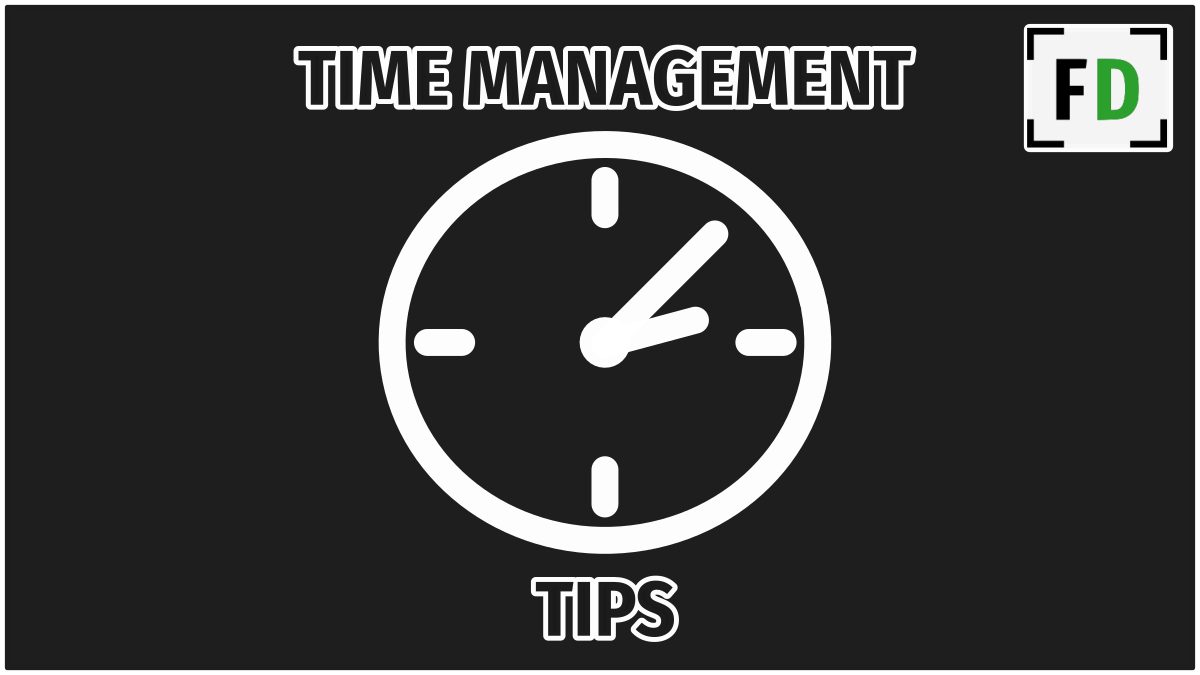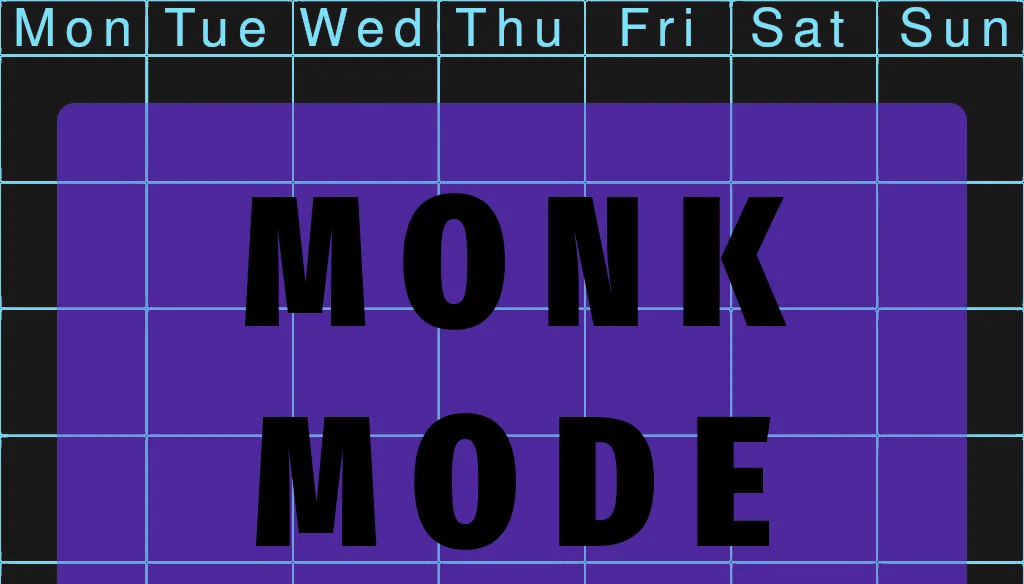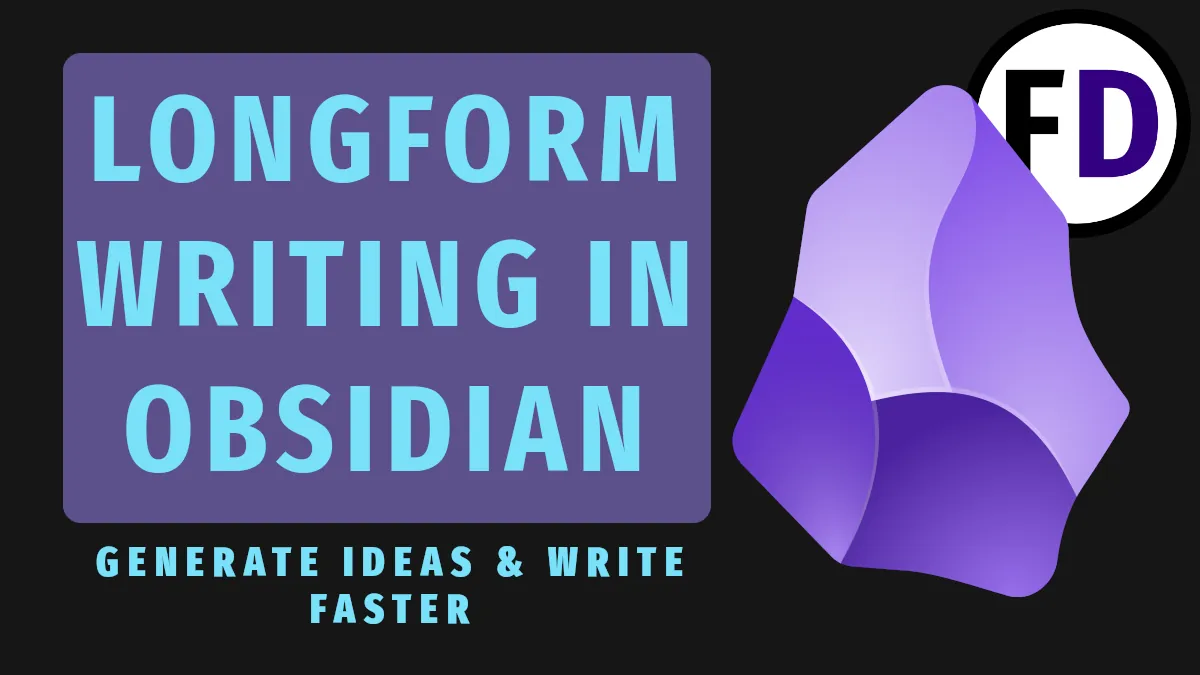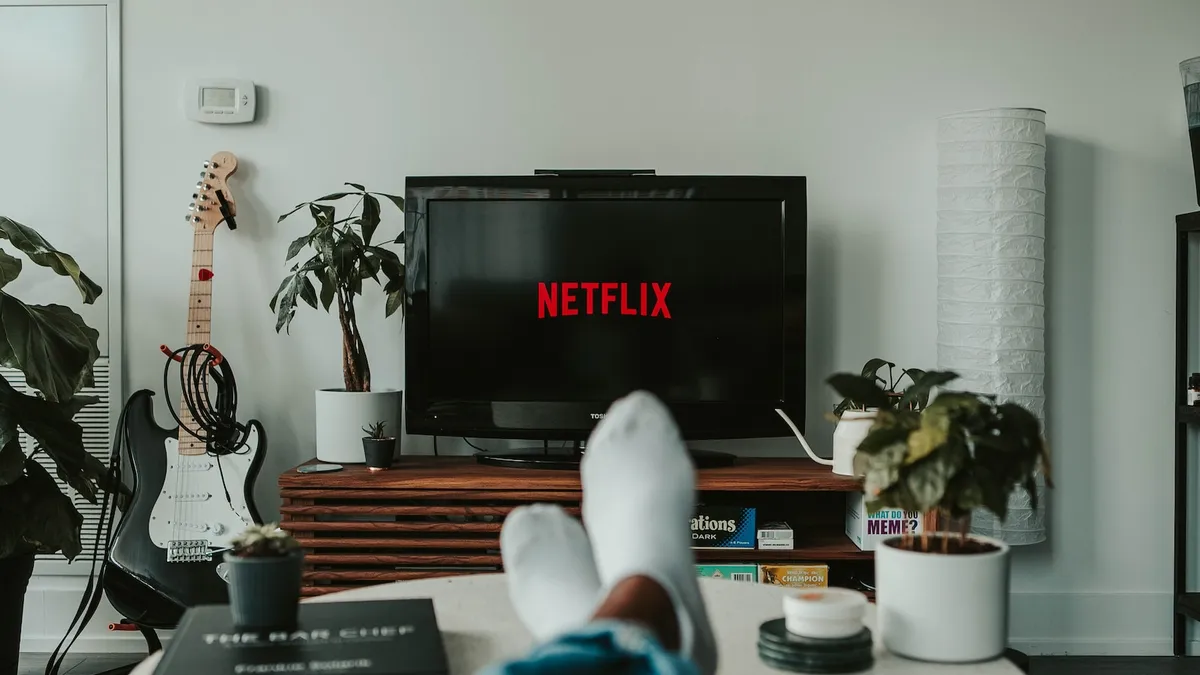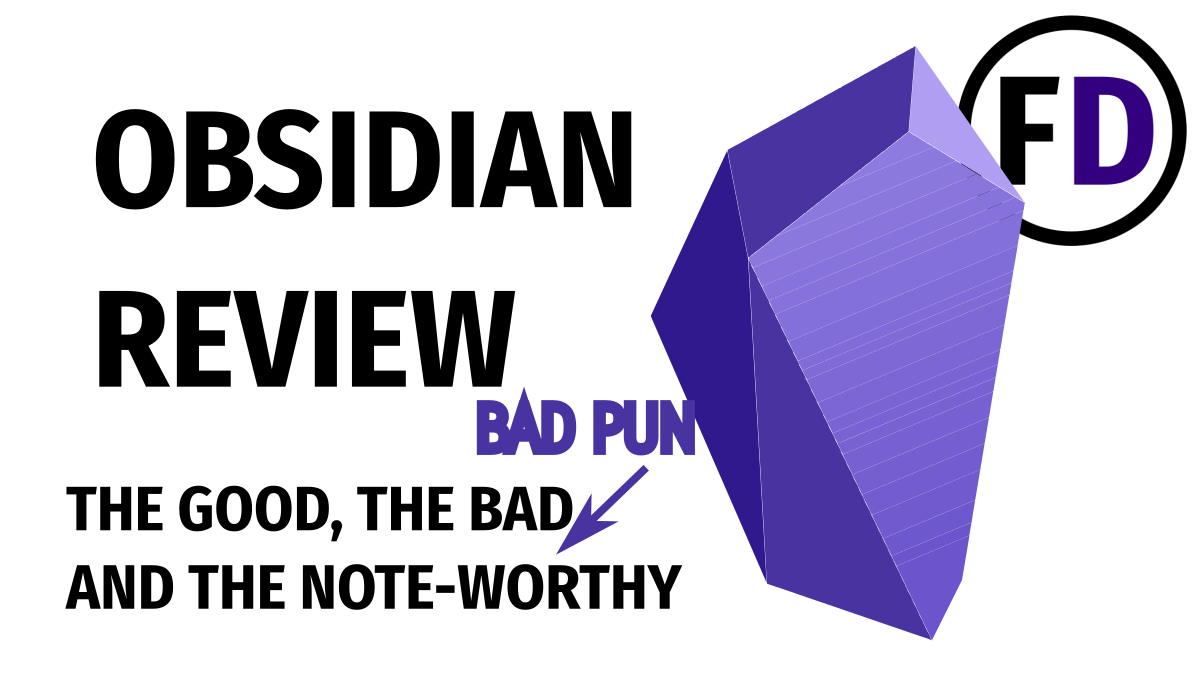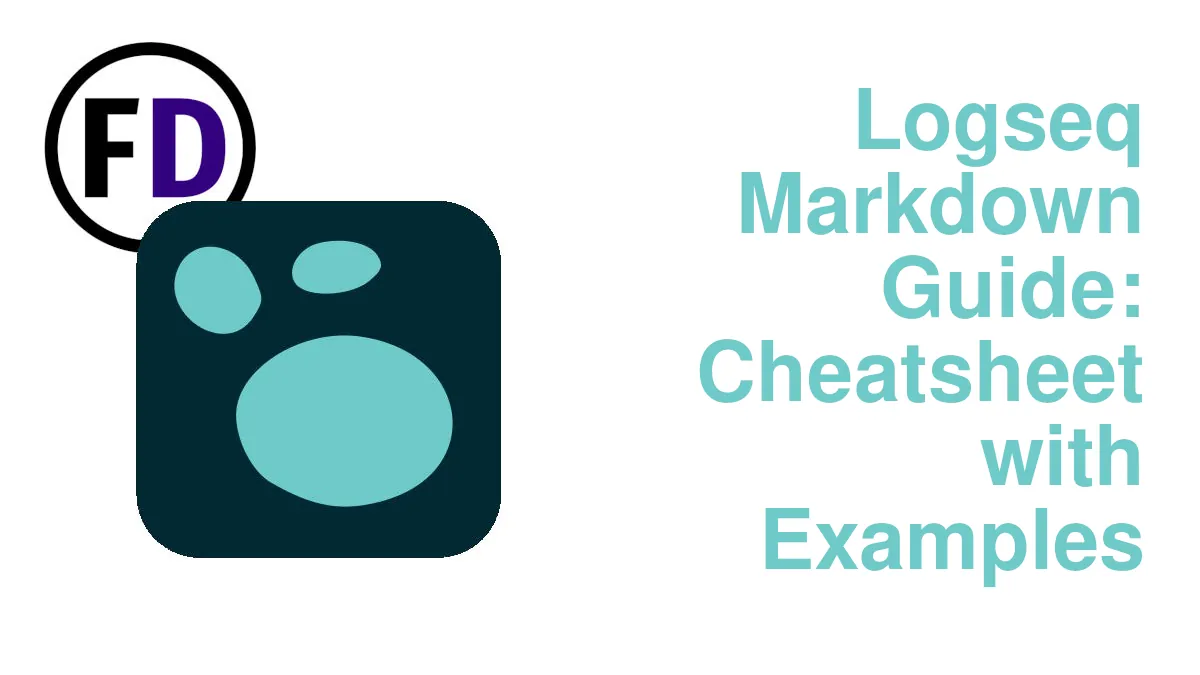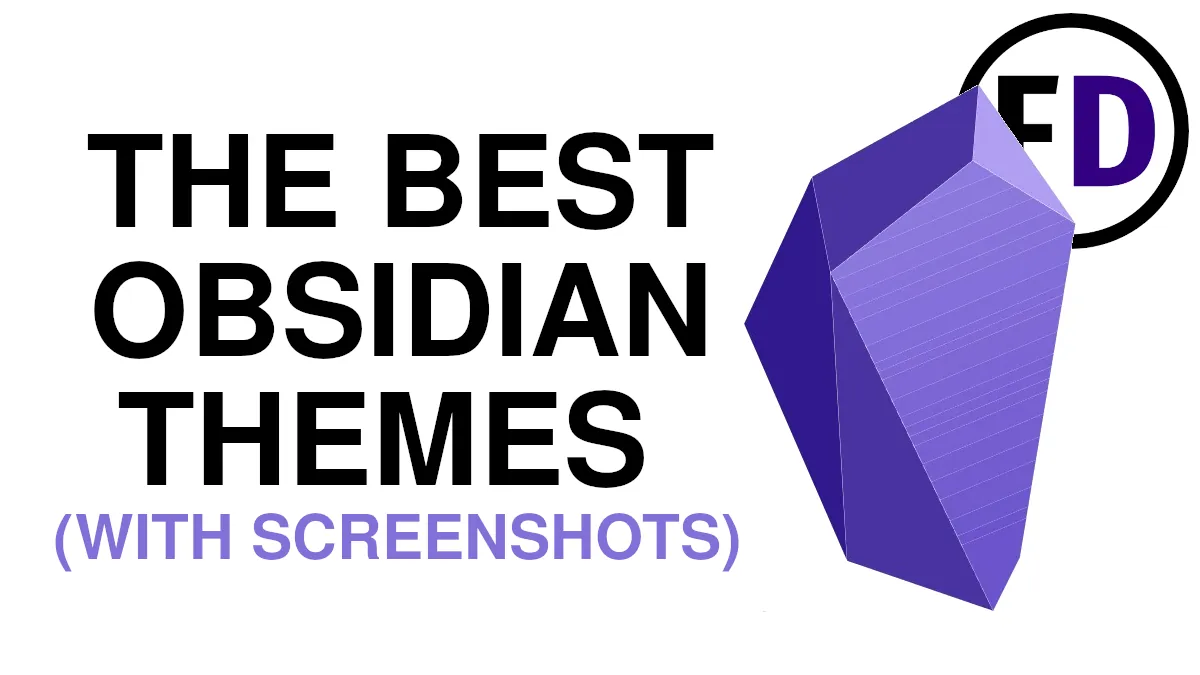The human mind is a fantastic thing. It can link, create and store ideas in ways that computers can only dream of (if they could dream.) But the human mind has its limitations. If only we could create a second mind which complimented our biological mind. That’s what a second brain is.
A second brain is an analog or digital system to hold and make accessible thoughts, ideas, information, and actions.
Table of Contents
- Getting Things Done
- Building a Second Brain
- Do We Need a Second Mind?
- We Never Had the Software, Till Now
- A New Second Brain
Getting Things Done
The first time I heard of a second brain was from reading Getting Things Done and Making It All Work by David Allen.
Allen talks of the GTD system as an “external mind” and explains his reasons for needing it.
- The human mind is not great at remembering things.
- The human mind is not great at recalling things.
- The human mind is not good at reminding us of things.
“The mind is for having ideas not holding them”
David Allen
We’ve all experienced the difficulty of trying to memorize a fact or quote. We often experience not being able to recall a figure, name, or detail. And thirdly, even with information we can remember and recall, the brain doesn’t know the appropriate time to remind us of the information.
For example, for the last three nights, as I look into the bathroom mirror, my mind suddenly tells me, “you need to buy floss,” I look over at the shelf and once again see an empty floss container.
My mind never tells me when I’m in the store when I could actually buy the floss. It doesn’t understand when the reminder is helpful and when it’s not.
Allen’s solution was the external mind – essentially a set of lists containing anything you might ever want to do.
- Rather than memorizing, you write it on a list.
- Rather than recalling, you review the list.
- The list would use a reminder system through software or a “tickler file.”
I used this system faithfully for over a decade, which has helped me learn languages, work and live as a digital nomad, travel around Asia, home-school my son, and manage my businesses.
But David Allen created GTD at a time when the software hadn’t caught up with the theory, which is why David Allen recommended also keeping a set of filing drawers for everything that was “non-actionable,” GTD speak for notes and reference.
Building a Second Brain
In 2022 Tiago Forte published Building a Second Brain. Heavily influenced by Allen’s work (featured heavily in the first chapter,) Forte applies the external mind to GTD’s filing cabinets.
Capturing is now used for ideas rather than actions, for information rather than todos. Forte details how his use of note-taking applications allowed him to overcome the limitations of his memory and mind.
In Building a Second Brain, Forte draws from Nicholas Lumin’s zettelkasten theory, which is explained in How to Take Smart Notes.
It follows a very GTD-like process. Anyone who has used GTD will find it very familiar.
Capture
Process
Store
Do We Need a Second Mind?
The first question anyone should ask of any new tool or technology is, “Do I need this?” So let’s look at why we might want a second mind.
The Limitations of the Mind
No mind on the planet can remember a list of items better than a simple piece of lined paper or text file.
The mind has no search bar. This is because so much of the information inside the mind is locked away and inaccessible most of the time.
In many ways, the mind is creative when it wants to be, and it’s tough to force it to connect ideas without holding them externally in some way.
A second mind is then a place to put the valuable information you come across daily.
The information is easily accessible through search and other discovery methods such as linking, indexes, categories, and tags.
It makes connecting different ideas much more natural, allowing the brain to do what it does best-problem solve how these ideas could fit together – creating a new idea.
We Never Had the Software, Till Now
These two concepts of a second brain from David Allen and Tiago Forte could easily be combined into a single system. But, more importantly, we now have the software to do it.
Productivity apps were a massive upgrade to my workflow when smartphones first appeared. Writing and rewriting lists of tasks, projects, and goals were made so much easier, and with a touch, you could check something off and make it disappear.
But a decade later, task management apps were essentially the same. Slowly we were given access to share tasks with our teams, but often it was clunky and more trouble than it was worth.
Note-taking, on the other hand, did make some strides forward. In the early 2000s, most were still taking handwritten notes. Lotus notes existed, but most people opted for Microsoft Word for doing any writing or note-taking.
Notes locked away in .doc files created a barrier to their access, and linking ideas was almost impossible. Then Evernote exploded onto the scene. In 2008, it opened up its beta software and by 2011 reached 11 million users.
People wanted to take notes, and they wanted more accessible access to them. Evernote gave them this, but it still had the strict structure imposed by files and folders reminiscent of word documents.
In the post covid era, note-taking has again leaped forward. Obsidian, a second brain application, allows users to make notes in a non-hierarchical way, linking them with markdown links, tags, backlinks, and folders (all of which are optional.)
Being able to link and categorize in multiple ways more closely mimics how our brains work, creating a more faithful second brain.
A New Second Brain
Obsidian and other software such as Roam and Notion are sophisticated enough to combine the two second brains. A single system where tasks and projects are tracked along with the reference material, which is most likely related to those projects anyway.
Aside from no longer needing two separate systems, a single system also reduces the friction of using any system. So often, an idea will occur to me, but without fleshing it out, I’m unsure if it’s an action to be captured in my GTD system or a piece of information to be captured in my “second brain.” – A single system seems inevitable.
There are already people starting to converge on a single second brain system, such as Danny Hatcher, who has a YouTube channel where he talks about it.
The only thing left is to ask yourself if you want a second brain.
Meet Gregory, a writer and the brains behind Face Dragons. He's the go-to guy for getting things done.
Gregory's been living the digital nomad life in Asia for as long as anyone can remember, helping clients smash their goals. He writes on topics like software, personal knowledge management (PKM), and personal development. When he's not writing, you'll catch him at the local MMA gym, nose buried in a book, or just chilling with the family.



